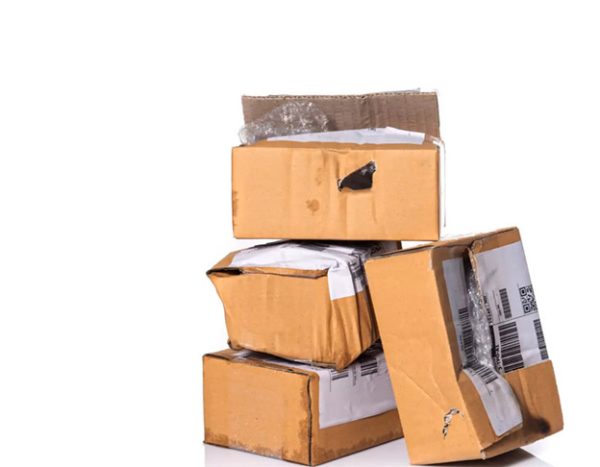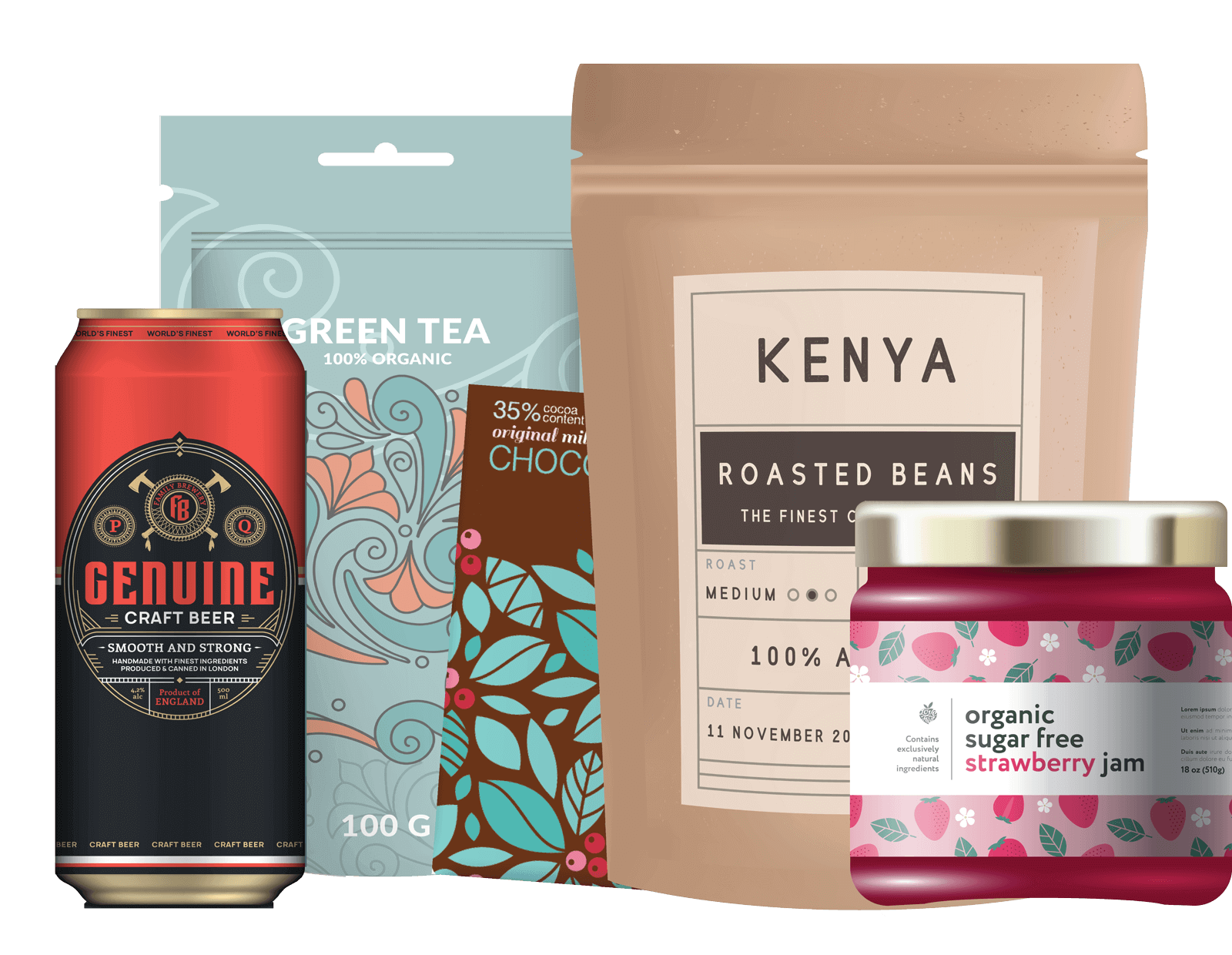When making the correct liner choice, there are several factors that will shape your final decision. Part one of this blog – Exploring Liner Types and Applications – focused on explaining the different types, and for part two, we will look at the correct liner types for your industry and the common mistakes and challenges that need to be overcome when fulfilling your packaging needs. For the complete breakdown on unlocking the essentials of packaging and liners, please watch the full Webinar presentation.
Understanding the container material type will be a large factor, as will the liner specifics, including the type, the construction process used and the removal characteristics employed. The product fill process will also determine what liner choice best suits your needs. For example, different liners are appropriate for wet vs. dry products and hot fill vs cold fill.
The closure size and style are also important to know before proceeding, as they help define the cost of the overall project. Below is a breakdown of the considerations to keep in mind for liner choice based on your market:
Food & Beverage
Maintaining freshness is one of the main priorities when selecting a liner type, as well as keeping the product safely contained. Consumer appeal is another factor to consider, as an easy pull top, or a printed message could help boost your end-user experience.
Consider: Pressure-sensitive and Induction Liners.
Pharmaceutical & Nutraceutical
Taking into account tamper evidence, your Pharmaceutical product will have unique needs compared to other markets. You may want a barrier layer or a vented liner. A lot of work is also going into the development of new anti-counterfeiting measures to ensure the consumer is getting the correct product, negating the risk of false products entering the market.
Consider: Induction, Pressure-Sensitive and Polycone Liners.
Chemical
While package integrity is hugely important in all liner types, chemical products have some of the most corrosive ingredients, and should be evaluated for tamper evidence, extra barrier or venting needs to ensure safety and preservation of the packaging during transit. Many chemical products will also need to be resealable and therefore require a liner that stays in the cap and provides an additional barrier.
Consider: Induction Liners.
Personal Care
Avoiding leaks and ensuring the product arrives untampered are the focus for personal care items, and a liner that can do both will be crucial. Removal characteristics and how the consumer can use the product when they have it is also very important and may require that a single piece induction liner comes with added gasket material to avoid the risk of leakage after the seal has been removed.
Consider: Pressure-Sensitive and Induction Seal Liners.
Common Challenges & Mistakes
Using liners in packaging can be highly effective for maintaining product freshness and integrity, but several common mistakes and challenges can arise. By addressing these, manufacturers can ensure that liners are effectively utilized in their packaging. Proper training and adherence to industry best practices are essential to minimize these challenges and optimize packaging outcomes.
Here’s an overview of these issues and how to avoid them:
Low Application Torque
Mistake: Applying insufficient torque (tightness) when sealing the closure by hand or using a machine, leading to liner failure and leaks.
Solution: Most machines will have a 98% efficiency rate, meaning there will be a few closures that are lower on the application torque. As this is likely, ensure the torque is at half the cap’s diameter in inch-pounds of application torque. This means that if you have a 28-millimeter closure, you want 14-inch pounds of application torque as your target.
Improper Pressure, Heat, or Time
Mistake: Incorrect settings on the induction sealing equipment such as insufficient heat, pressure or sealing time can result in an ineffective seal.
Solution: Ensure the pressure, heat and time on your machine are recorded at all times so the process can be repeated and followed each time the machine is run. You should also regularly maintain and calibrate the equipment to ensure it functions correctly.
Liner Compatibility with Contents/Container Material
Mistake: Using liners incompatible with the specific contents or container material can lead to chemical reactions, contamination or liner failure.
Solution: Select liners compatible with the product’s characteristics (e.g., acidity, oiliness, solvents) and the container material (e.g., glass, plastic, metal). Consult with MJS Packaging for guidance on material compatibility.
Universal Liner Incorrectly Used
Mistake: Assuming a single type of liner can be used for all packaging applications can lead to ineffective seals or compromised product quality.
Solution: Choose liner types tailored to the specific needs of your product and packaging. Consider the product’s moisture sensitivity, required barrier properties and closure type.
Best Ways of Avoiding Mistakes
Testing samples on a filling line is the best way to avoid mistakes. MJS Packaging issues samples to our customers and seeks approval on the effectiveness of those samples. We recommend these testing guidelines:
- Filled Containers: Duplicate the production environment that the liner will be running in and ensure all the tested samples can be signed off.
- Correct Temperatures: Always make sure to run the correct product temperature so there are no surprises when your project heads to the production line.
- Actual Line Speed: Test at the line speed you will be running to double-check that you have the correct settings to seal at that line speed. Different materials will heat up at different speeds, meaning this test is crucial to control quality.
- Significant Quantity: Ensure testing includes sealing over 20 containers so that any inconsistencies in the machinery are found before production begins.
Ecommerce Guidelines and Packaging
With the growing popularity of ecommerce, it’s vital that companies have the correct liner choice in place to protect their packages. By doing the hard work now and learning which combinations of packaging you will need to successfully distribute your products, you reduce the costs associated with returns or rejections that have leaked or become damaged during transit.
This builds trust with your partners and elevates that end-user experience, making it so people remember your products are the real deal and are unlikely to break. This will also make it easier for consumers to identify your products and build a preference for them based on quality assurances, something that will help your products stand out in a crowded marketplace. An important stat to keep in mind when thinking about ecommerce failures is that 73% of consumers have indicated they would be unlikely to purchase from a company again after receiving a damaged item, adding importance to that first order reaching its destination intact and damage-free.
Work With MJS Packaging
We help our customers make the right packaging decisions based on their needs. Our knowledgeable packaging solutions specialists provide detailed guidance to select the most effective liner choice applications based on the features and requirements your product needs.
If you still need to catch the webinar, watch the recording of it on our webinar page. Contact us today to learn more about the different liners we offer.





